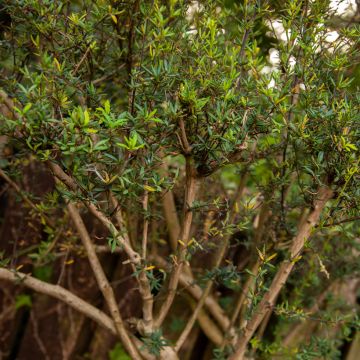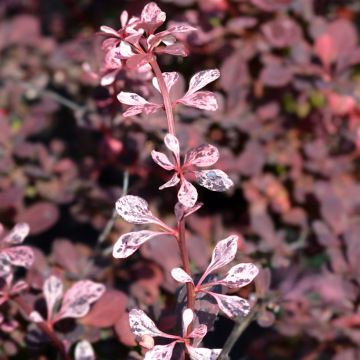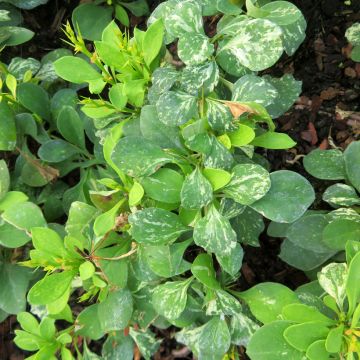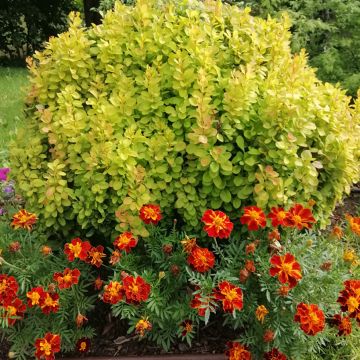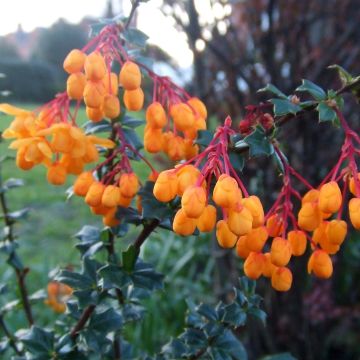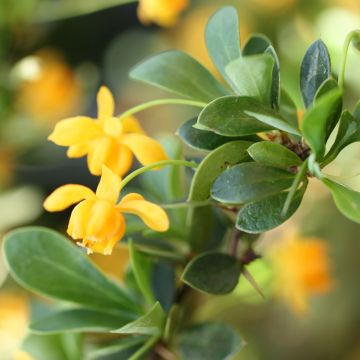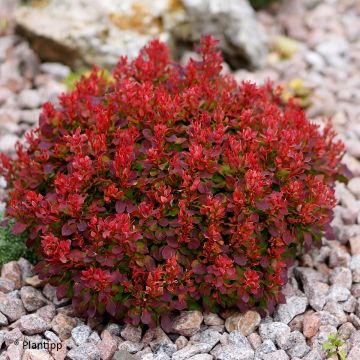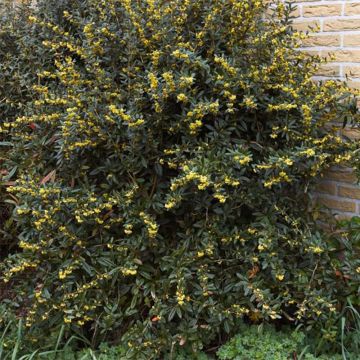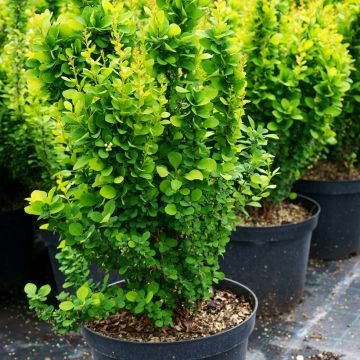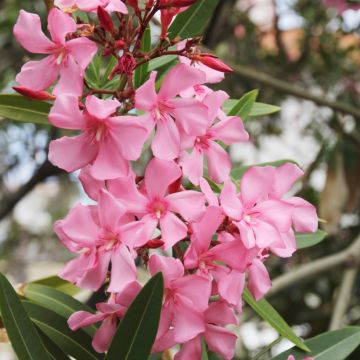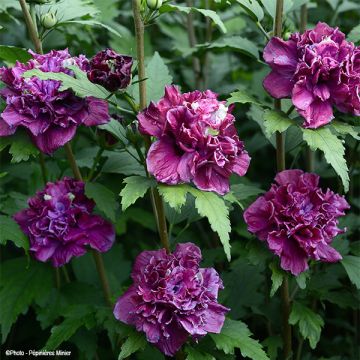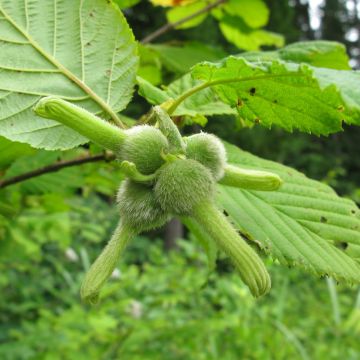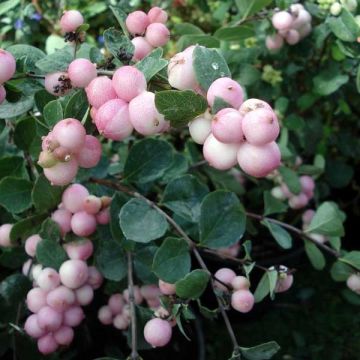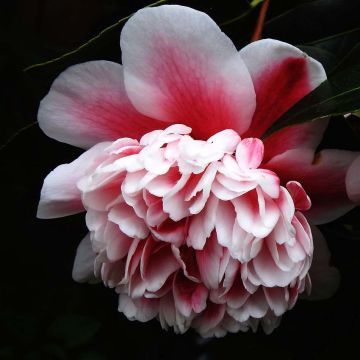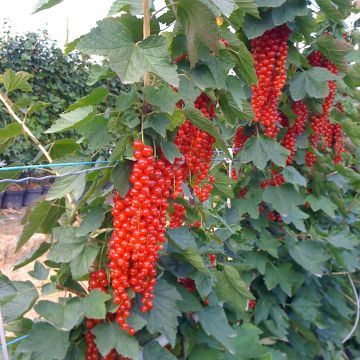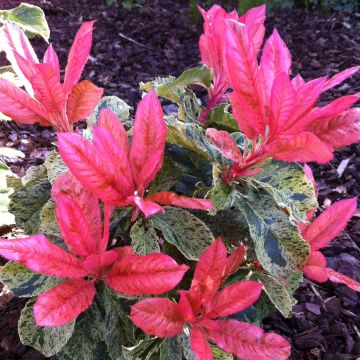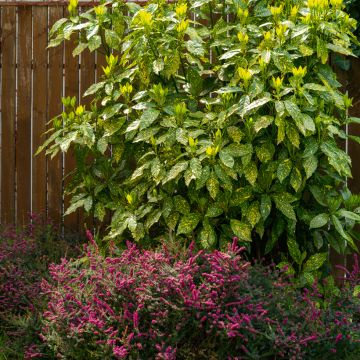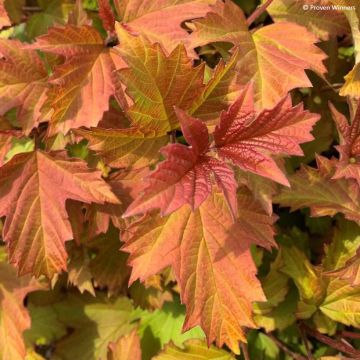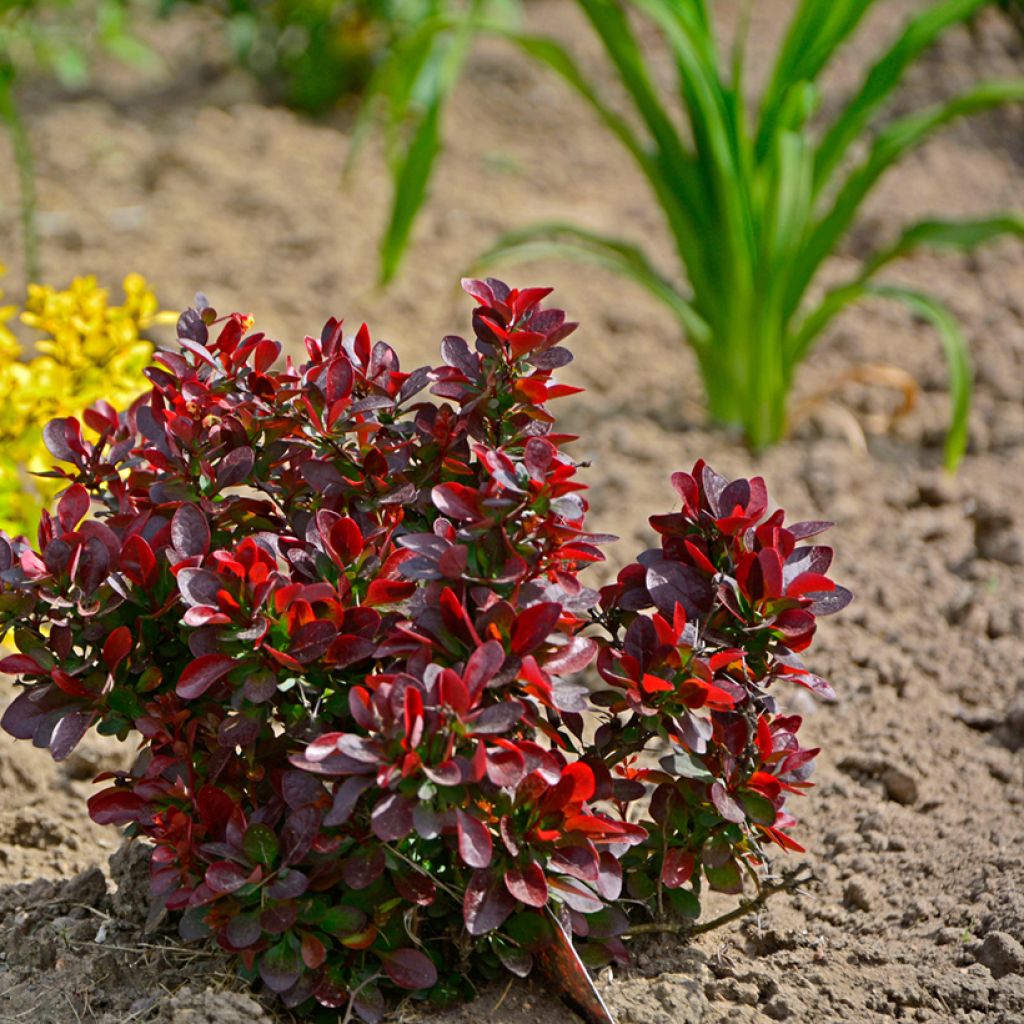

Berberis thunbergii Atropurpurea Nana - Barberry
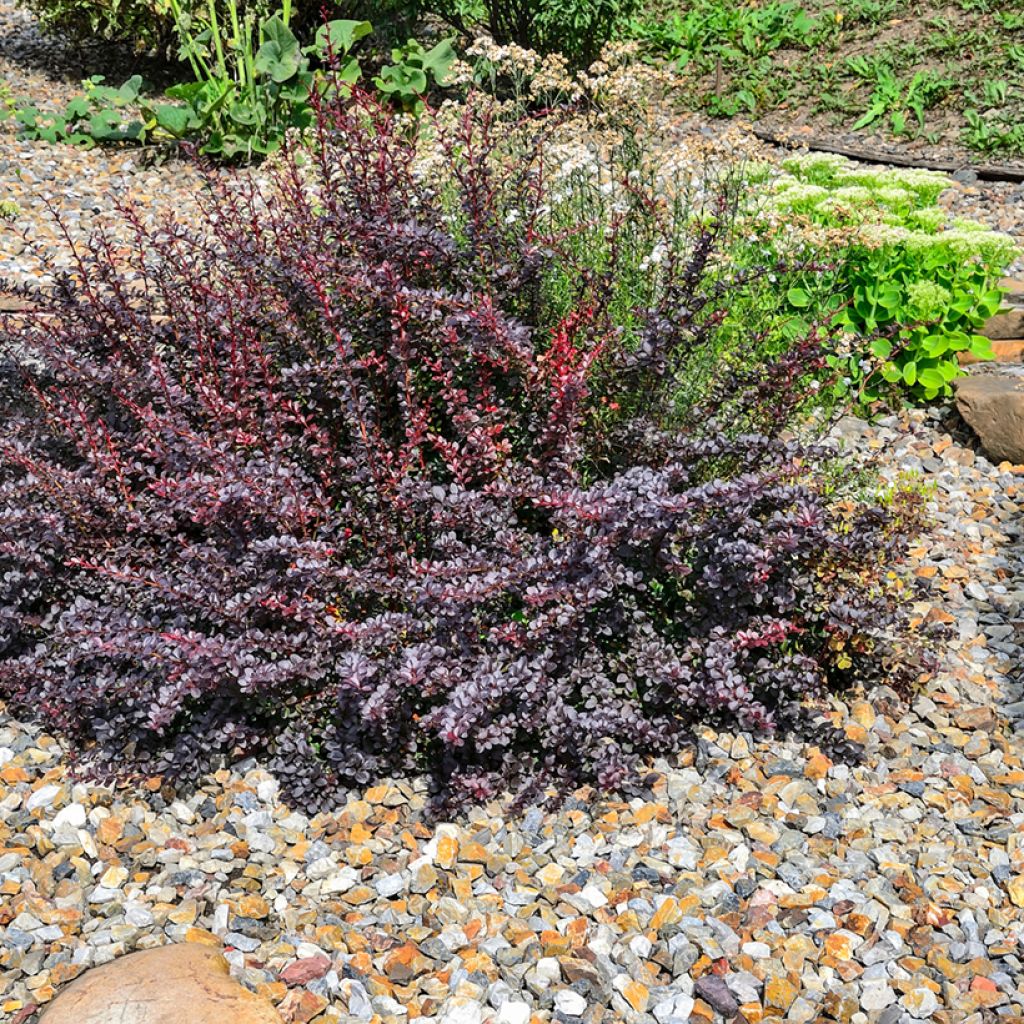

Berberis thunbergii Atropurpurea Nana - Barberry
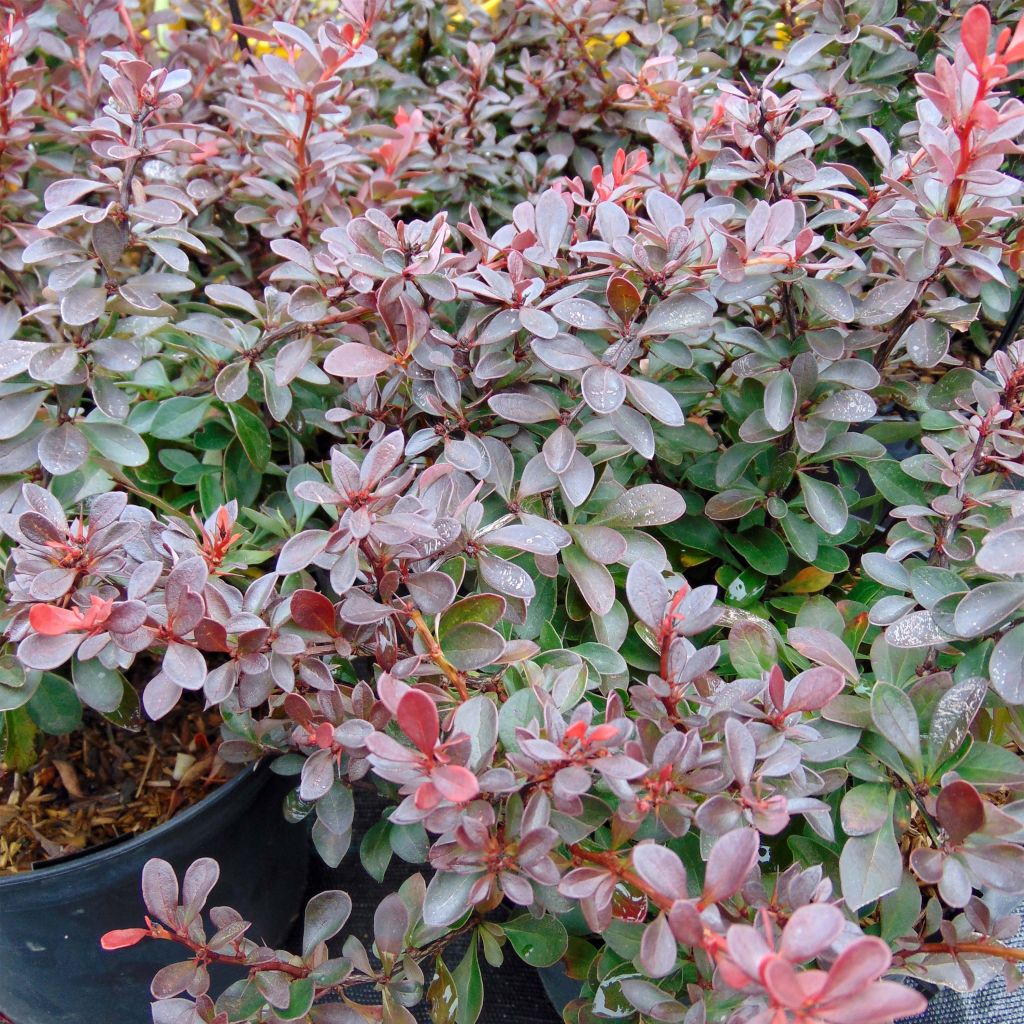

Berberis thunbergii Atropurpurea Nana - Barberry
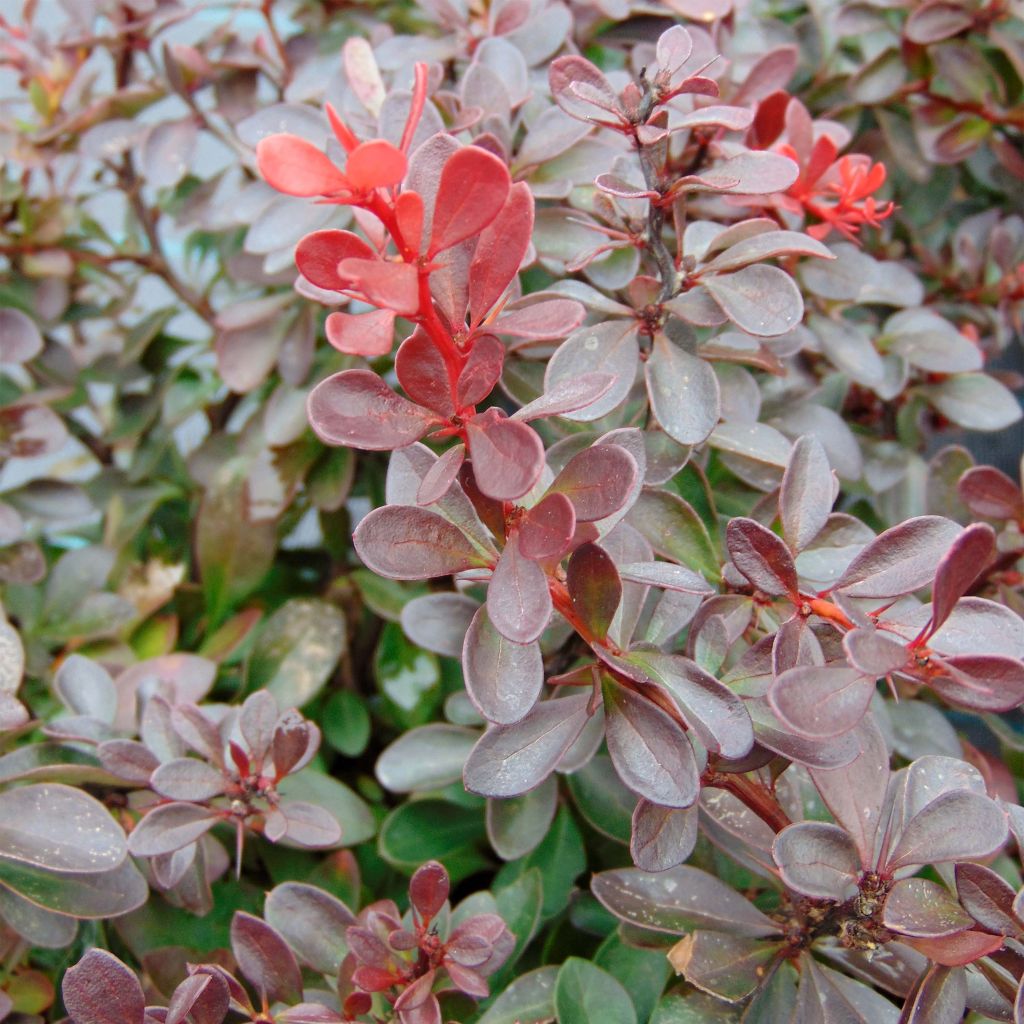

Berberis thunbergii Atropurpurea Nana - Barberry
Berberis thunbergii Atropurpurea Nana - Barberry
Berberis thunbergii Atropurpurea Nana
Japanese Barberry
This item cannot be shipped to the selected country
Delivery charge from €5.90
More information
Schedule delivery date,
and select date in basket
This plant carries a 24 months recovery warranty
More information
We guarantee the quality of our plants for a full growing cycle, and will replace at our expense any plant that fails to recover under normal climatic and planting conditions.
From €5.90 for pickup delivery and €6.90 for home delivery
Express home delivery from €8.90.
Does this plant fit my garden?
Set up your Plantfit profile →
Description
Berberis thunbergii f. Atropurpurea Nana is a delightful dwarf form of Japanese Barberry with purple foliage, just as spiky and easy to grow, but with a very compact habit that is well-suited for decorating small spaces, from the terrace to borders and low hedges, as well as perennial plant beds. Rounded, densely branched, evolving from light spring red speckled with small yellow flowers to bright red adorned with equally decorative berries of the same tone in autumn, it catches the eye throughout the season, without requiring much care!
Berberis thunbergii, also known as Japanese Barberry, is a shrub from the family Berberidaceae, originally from Japan as its name suggests. It is characterized by a bushy, spreading, and low habit, and deciduous foliage, nearly evergreen in mild climates. The Atropurpurea form differs only in its foliage, with various shades of purple and red, while the Atropurpurea Nana cultivar distinguishes itself from the former by its very reduced growth.
It is a deciduous shrub with a bushy and rounded habit, a little wider than tall, reaching about 60cm (23.6in) in height and 75cm (29.5in) in spread. The slightly arching branches bear mildly aggressive thorns. The flowering is abundant in April-May, in the form of clusters of 1 to 6 small flowers covering the branches. The bell-shaped flowers are 1cm (0.4in) long and pale yellow tinged with red appearing on the previous year's shoots. They are nectar-bearing flowers, appreciated by pollinating insects and are followed by small, round and bright red, fruits in September-October which measure from 6 to 8mm (0.2 to 0.3in) long and persist through part of the winter. The foliage of this Berberis is composed of leaves that emerge light red, turn red-purple in summer, and become bright red in autumn creating a beautiful contrast with the flowers. These leaves are 1 to 3cm (0.4 to 1.2in) long and obovate (ovate, with the upper part of the leaf wider than the lower part). When the plant is insufficiently exposed to sunlight, the foliage takes on a dark green hue.
The Atropurpurea Nana Barberry is ideal for low hedges, whether informal or clipped. Its deterrent thorns also allow it to be used in the front row of a defensive hedge, combined with European Gorse (Ulex parviflorus), Japanese Quince, Holly, and Rugosa roses. It can also be planted in shrub beds, with dwarf forsythias and abelias (Abelia Kaleidoscope, Petite Garden), or even in a large container on the terrace where it will look good with larger shrubs (Bloomerang lilacs, Loropetalum, creeping Ceanothus, decorosier roses). This small Barberry also fits in rock gardens, on a slope, in a colourful checkerboard with boxwood, shrubby wormwoods, and Juniperus x media 'Old gold' in small touches.
Report an error about the product description
Berberis thunbergii Atropurpurea Nana - Barberry in pictures
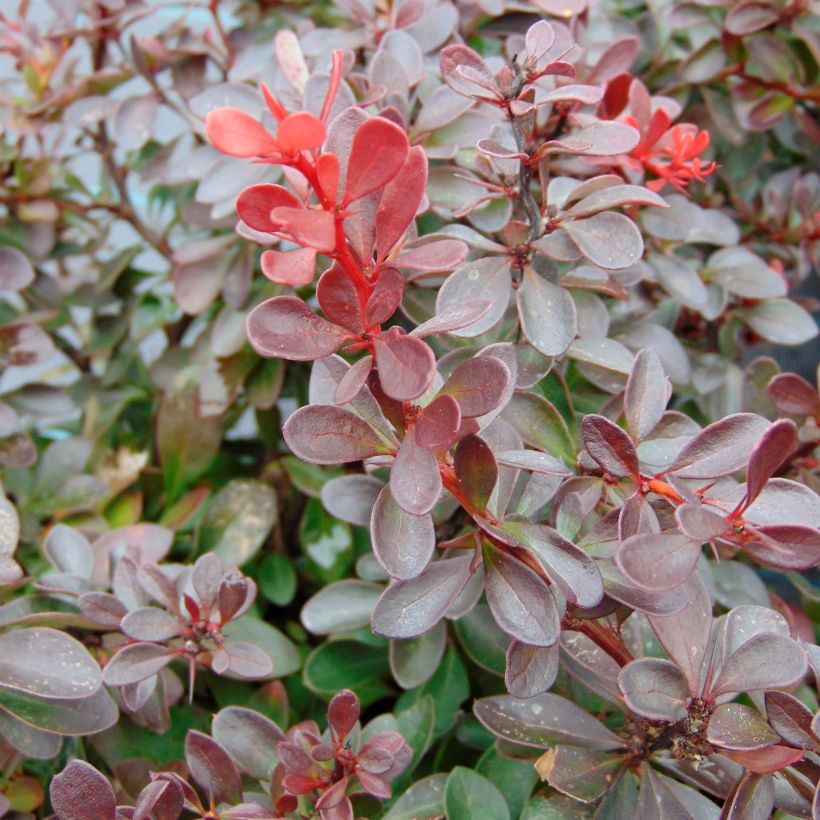



Plant habit
Flowering
Foliage
Botanical data
Berberis
thunbergii
Atropurpurea Nana
Berberidaceae
Japanese Barberry
Cultivar or hybrid
Other Berberis - Barberries
Planting and care
Berberis thunbergii f. Atropurpurea Nana thrives in full sun or partial shade, with the colours being more intense in the sun. It is a plant that tolerates drought and harsh winters once established. Plant it in any type of soil as long as it is well-drained. The planting hole should be twice the size of the root ball. Space the Berberis about 40cm (15.7in) apart, add compost and water well. It is a bush that tolerates pruning very well. From June to August, after flowering, prune the faded branches to the level of the young lateral shoots to encourage new growth. Be careful not to touch the branches with bare hands as they have thorns that are difficult to remove once lodged in the skin. The Berberis thunbergii f. Atropurpurea Nana can be susceptible to powdery mildew and black leaf spots. Aphids can invade it.
Planting period
Intended location
Care
-
, onOrder confirmed
Reply from on Promesse de fleurs
Hedge shrubs
Haven't found what you were looking for?
Hardiness is the lowest winter temperature a plant can endure without suffering serious damage or even dying. However, hardiness is affected by location (a sheltered area, such as a patio), protection (winter cover) and soil type (hardiness is improved by well-drained soil).

Photo Sharing Terms & Conditions
In order to encourage gardeners to interact and share their experiences, Promesse de fleurs offers various media enabling content to be uploaded onto its Site - in particular via the ‘Photo sharing’ module.
The User agrees to refrain from:
- Posting any content that is illegal, prejudicial, insulting, racist, inciteful to hatred, revisionist, contrary to public decency, that infringes on privacy or on the privacy rights of third parties, in particular the publicity rights of persons and goods, intellectual property rights, or the right to privacy.
- Submitting content on behalf of a third party;
- Impersonate the identity of a third party and/or publish any personal information about a third party;
In general, the User undertakes to refrain from any unethical behaviour.
All Content (in particular text, comments, files, images, photos, videos, creative works, etc.), which may be subject to property or intellectual property rights, image or other private rights, shall remain the property of the User, subject to the limited rights granted by the terms of the licence granted by Promesse de fleurs as stated below. Users are at liberty to publish or not to publish such Content on the Site, notably via the ‘Photo Sharing’ facility, and accept that this Content shall be made public and freely accessible, notably on the Internet.
Users further acknowledge, undertake to have ,and guarantee that they hold all necessary rights and permissions to publish such material on the Site, in particular with regard to the legislation in force pertaining to any privacy, property, intellectual property, image, or contractual rights, or rights of any other nature. By publishing such Content on the Site, Users acknowledge accepting full liability as publishers of the Content within the meaning of the law, and grant Promesse de fleurs, free of charge, an inclusive, worldwide licence for the said Content for the entire duration of its publication, including all reproduction, representation, up/downloading, displaying, performing, transmission, and storage rights.
Users also grant permission for their name to be linked to the Content and accept that this link may not always be made available.
By engaging in posting material, Users consent to their Content becoming automatically accessible on the Internet, in particular on other sites and/or blogs and/or web pages of the Promesse de fleurs site, including in particular social pages and the Promesse de fleurs catalogue.
Users may secure the removal of entrusted content free of charge by issuing a simple request via our contact form.
The flowering period indicated on our website applies to countries and regions located in USDA zone 8 (France, the United Kingdom, Ireland, the Netherlands, etc.)
It will vary according to where you live:
- In zones 9 to 10 (Italy, Spain, Greece, etc.), flowering will occur about 2 to 4 weeks earlier.
- In zones 6 to 7 (Germany, Poland, Slovenia, and lower mountainous regions), flowering will be delayed by 2 to 3 weeks.
- In zone 5 (Central Europe, Scandinavia), blooming will be delayed by 3 to 5 weeks.
In temperate climates, pruning of spring-flowering shrubs (forsythia, spireas, etc.) should be done just after flowering.
Pruning of summer-flowering shrubs (Indian Lilac, Perovskia, etc.) can be done in winter or spring.
In cold regions as well as with frost-sensitive plants, avoid pruning too early when severe frosts may still occur.
The planting period indicated on our website applies to countries and regions located in USDA zone 8 (France, United Kingdom, Ireland, Netherlands).
It will vary according to where you live:
- In Mediterranean zones (Marseille, Madrid, Milan, etc.), autumn and winter are the best planting periods.
- In continental zones (Strasbourg, Munich, Vienna, etc.), delay planting by 2 to 3 weeks in spring and bring it forward by 2 to 4 weeks in autumn.
- In mountainous regions (the Alps, Pyrenees, Carpathians, etc.), it is best to plant in late spring (May-June) or late summer (August-September).
The harvesting period indicated on our website applies to countries and regions in USDA zone 8 (France, England, Ireland, the Netherlands).
In colder areas (Scandinavia, Poland, Austria...) fruit and vegetable harvests are likely to be delayed by 3-4 weeks.
In warmer areas (Italy, Spain, Greece, etc.), harvesting will probably take place earlier, depending on weather conditions.
The sowing periods indicated on our website apply to countries and regions within USDA Zone 8 (France, UK, Ireland, Netherlands).
In colder areas (Scandinavia, Poland, Austria...), delay any outdoor sowing by 3-4 weeks, or sow under glass.
In warmer climes (Italy, Spain, Greece, etc.), bring outdoor sowing forward by a few weeks.

































